They’re making them too fancy these days,” declares Cam, juggling a schooner outside the iconic Prairie Hotel in outback Australia.
Nestled on the tailgate of a top-shelf Mercedes-Benz X-Class, the well lubricated local is keen to learn why anyone would consider the three-pointed star over the favoured ride out here: Toyota.
We mention the price, which is almost enough to get you into a BMW Z4. It’s certainly enough to blow more than the froth off his (latest) ale.
Loading up
Our journey began with beer the previous day.
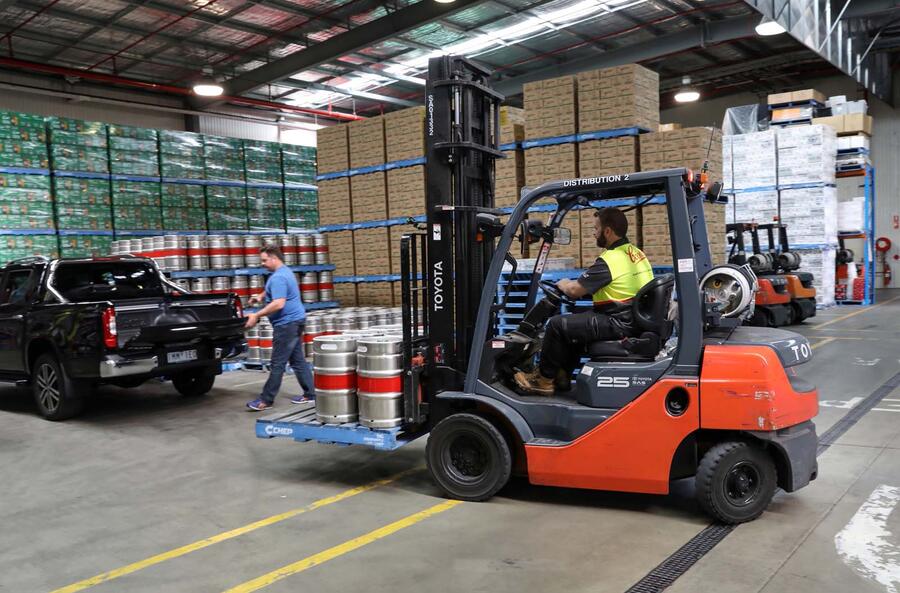
Blame it on Mercedes-Benz. When the world’s oldest car maker announced its first off-road pickup (or ute, as they’re called Down Under) in 2016, it proudly boasted it would carry up to 17 full kegs of frothing golden nectar in its tray.
It’s a claim we couldn’t let through to the keeper, prompting a visit to the Coopers brewery in Adelaide, a comparative minnow by Aussie beer standards but the largest locally owned brewery.
As we’re watching a forklift guiding matt metallic cylinders to our X250d, we uncover a Brexit-like issue with the 17-keg claim: it only applies to the base X-Class, a car that lacks the four-wheel drive system mandatory in the outback. Ours also has an automatic transmission, electric seats and other luxuries that shave precious kilos off the payload.
A recalculation confirms that to dip in below the 1021kg payload of our car, we’re limited to 14 kegs, allowing for a driver.
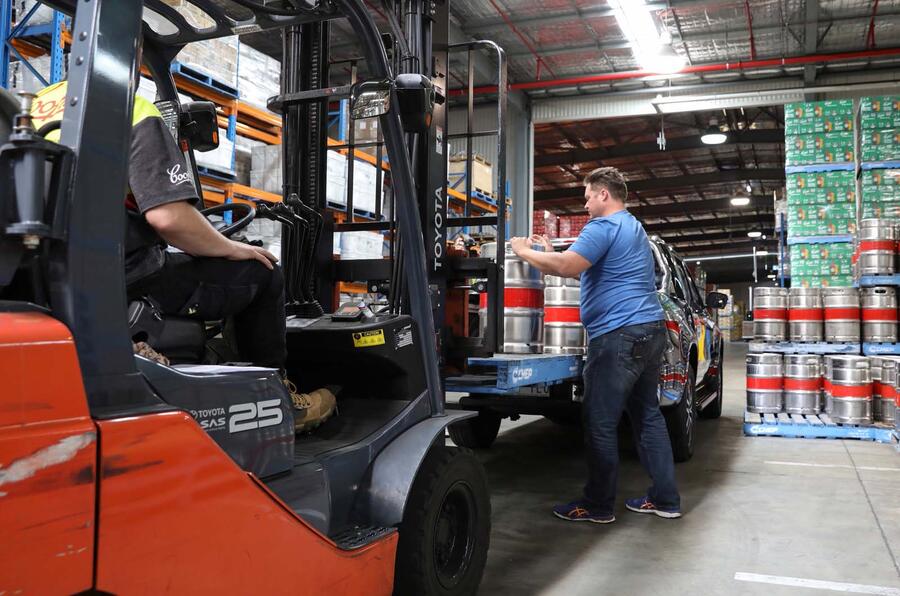
Turns out that the lower limit is a blessing. With each roll of the keg onto the tray, the Merc’s rear end sags perilously close to its bump stops. The X250d follows its Nissan cousin in eschewing leaf springs for coils at the rear, with the aim of upping control and comfort, but they’re straining at the thought of any more beer.
The final keg is a tight squeeze, and no matter how much teasing and brute force we apply, it’s not joining the others, instead poking its head above the ute’s load bay like a child refusing to sit down in class.
It’s an endorsement that we’ve been able to push the X to its limit, taking this first ute from a luxury brand to the extremes of its load capacity.
White line fever
With enough Coopers Pale Ale for a week-long outback bash we hit the road and head north to the Flinders Ranges, home to some of Australia’s most spectacular mountains.
From the first twirl of the wheel it’s clear our X250d is feeling the load. What started as light steering is now devoid of feel, the rearward bias taking weight off the snout. The X-Class earns the nickname ‘the speedboat’, its drooping tail conjuring images of a Riviera cruise.
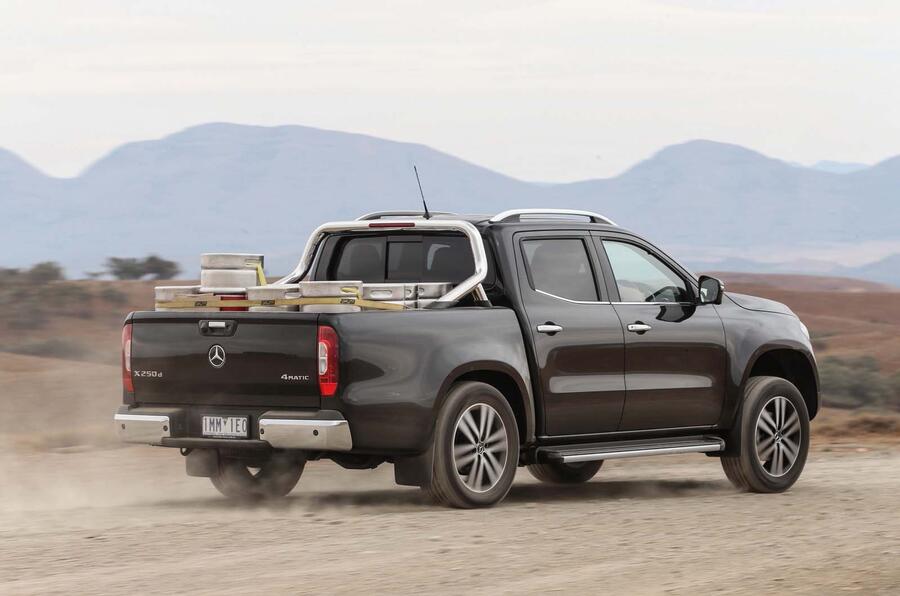
Engineers have clearly imagined such a scenario, though. As the sun kisses the horizon, the LED headlights fire to life, the self-levelling ensuring we don’t blind the drivers of our support cars ahead.
The wildlife is less enamoured. Kangaroos startled by the glare of LED lights treat the X-Class no differently to any other dual-cab, aimlessly hopping across its path in an apparent effort to see if life really is better on the other side.
Despite auto emergency braking, if you fail to mash the pedal the X is no better at avoiding the Australian national emblem than a 1980s Opel Rekord, the car that spawned what went on to be a top seller down under in the form of the Holden Commodore.
Inside, the X is a mix of traditional three-pointed-star curves and swoops interspersed with Nissan touches, such as the occasionally cheap plastics and familiar oval key.
Behind that gleaming star on the bonnet is a Nissan engine. Or, at least, the Renault engine that’s also the core of the Navara from which the X-Class borrows so many bits. That familiar grille badge also graces a unique engine cover to at least give the impression there’s Stuttgart thinking somewhere in the engine bay. It’s a clever way to disguise its working class origins.
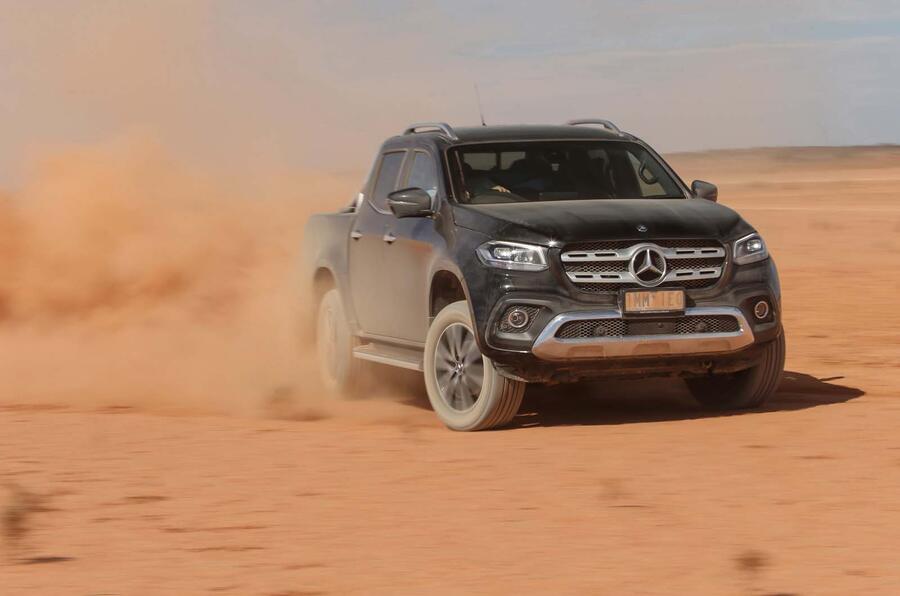
But there’s no hiding it once under way. In the Nissan, acceleration is honest but leisurely, its biggest appeal its restrained thirst; in the X-Class, performance is blunted by a body carrying an extra 180kg, the result of an extra 66mm to its girth plus additional features and sound deadening. It all beautifully quells tyre roar, while sumptuous seats add to the comfortable touring talent.
The 2.3 has decent shove low in the rev range, but overtaking requires a pre-emptive strike. It’s best to have the turbos on the boil and revs up, but even then you’ll only amble past as the speedo rotates into three figures.
Dirty work
You know you’re deep in the outback when flies comfortably outnumber humans. Soaking in the widening vista at a hilltop stop, the little buzzers congregate in plague-like proportions, pouncing on any open-door opportunity to hitch a ride on something other than a bovine rump or a kangaroo.
We’re not taking the direct route, instead venturing into the Flinders proper, renowned for its tough off-road trails and sharp, tyre-stabbing rocks. Our X is running on optional 19in rubber, the sort of thing unlikely to be within 500km of here should we need a replacement.
Fortunately they’re holding up well, a craggy creek crossing testing the part-time four-wheel-drive system and reaffirming the X-Class’s off-road credentials.

Dips and cattle grids on higher-speed sections take the suspension to its limit, the solid rubber bump-stops thwarting a metal-on-metal clash.
As we head west the sun is persistently hovering above the bonnet, the glowing backdrop turning the oncoming dust trails into almost total brown-outs. The towering mountains of the Flinders disappear in the rear-view mirror as quickly as they appear, the vastness of the outback on stark display.
We’re in a race against the clock now, to beat both the sun and the awakening ’roos, the latter a medium-rare highlight on the Feral Mixed Grill that is the signature dish at the Prairie Hotel (other FMG accompaniments include choice cuts of emu and camel).
As we venture farther west the roads improve, a final bitumen blast into Parachilna offering some relief from the rocks and dust.
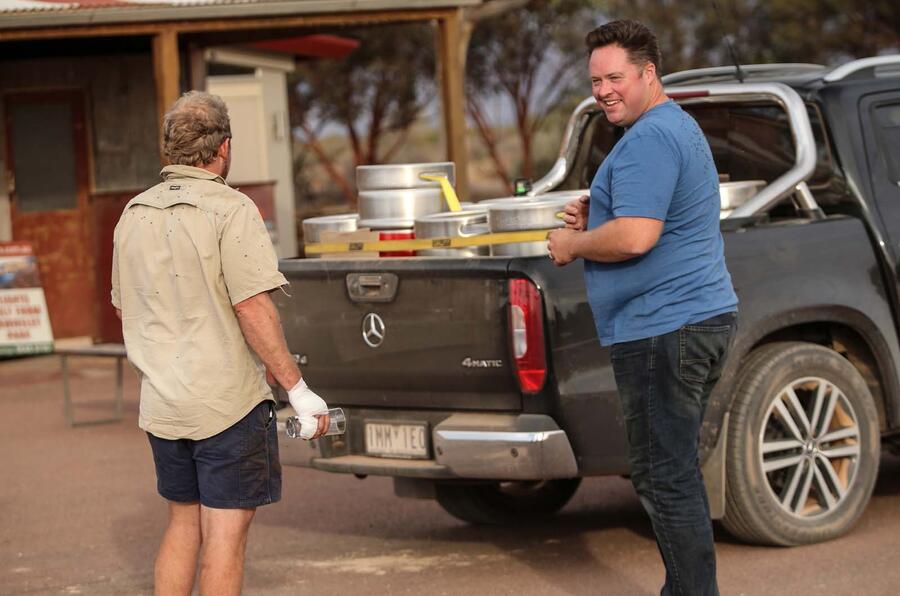
With the sky turning pinky-orange, kegs are unloaded. You can almost hear the Merc’s rear springs sigh as each keg is removed, the rump slowly rising to match the altitude of the nose. With the tray empty, our X250d takes on a more natural stance, its profile once again vaguely in line with the horizon.
By now the sun has disappeared, taking the flies with it. A perfect excuse for a celebratory beer – or two. And a feast on the FMG.
X marks the spot(s)
Wherever you start, travelling to the centre of Australia means thousands of broken white lines, millions of kamikaze insects and enough dust to induce serious respiratory issues. If you positioned yourself in Europe, you could cross five countries in the same distance it takes you to get from Australia’s coastline to its parched red centre, albeit without the toll roads, arrogant French drivers and roadside caffeine hits.
Not that finding the centre is an easy task. Most travellers head to Lambert Centre, the result of a 1988 bicentennial project to locate the gravitational centre of the country’s 7,692,024 square kilometres. It even has its own road (if you can call it that), as well as an obligatory plaque and a scale replica of the flagpole on top of Parliament House. Some longdrop dunnies make a change from squatting over red dirt.
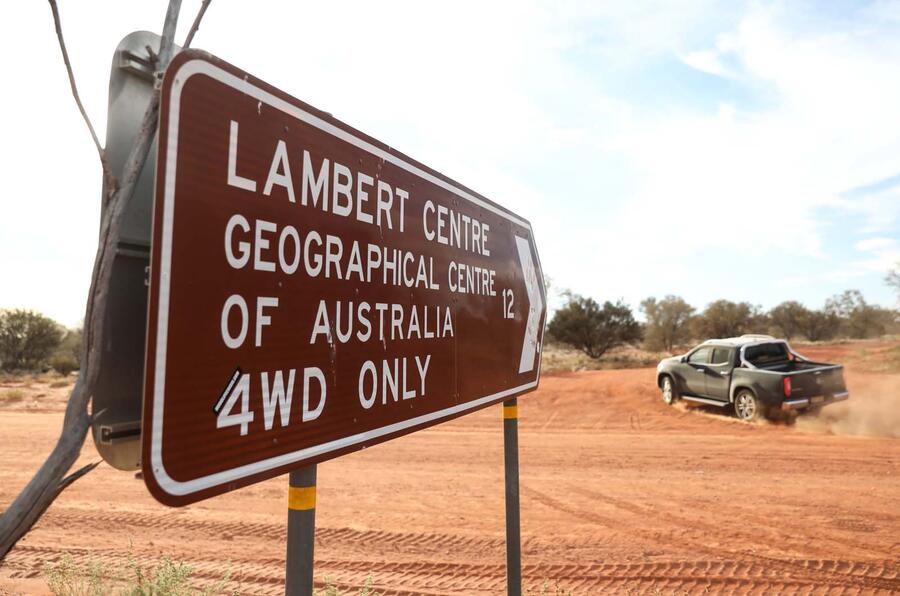
But prior to 1988 Lambert Centre was not on the map. Literally. The centre was somewhere else. Or, to be more precise, four places else.
At least five methods have been used to calculate the centre of Australia over more than a century. They look close enough on a map but are splayed across an area about the size of Ireland.
Each is calculated using different methods. One places 50,000 equally weighted points around the mainland Australian border to calculate the point at which a hypothetical cut-out would balance perfectly.
Another is the centre of the largest circle that can be drawn in Australia, while the median point plucks the intersection of the mid-point of the longitude and latitude extremes of the country.
Then there’s the boldly named Johnston Geodetic Station, set up by the Division of National Mapping as a central reference point.
Don’t get too excited about visiting those centres, though. All but Lambert Centre are on leasehold land so require a call to the station owner to ask permission. And you’re pretty much guaranteed a puncture, like the one we copped on relatively high-speed dirt. Fortunately the full-size spare ensures little lost progress.

There’s also one giant caveat with searching for the centre point of Australia, the final words left to Geoscience Australia. According to the government body’s website: “Officially, there is no centre of Australia”. The reasoning?
“This is because there are many complex but equally valid methods that can determine possible centres of a large, irregularly-shaped area – especially one that is curved by the earth’s surface.”
So if you must, head to the easy-to-find Lambert Centre and then call it a day (or week).
Toby Hagon
Read more
Mercedes-Benz X-Class long-term review​
Pick-up mega-test: Mercedes-Benz X-Class takes on its biggest rivals​
Top 10 best 4x4s and off-road cars 2019​

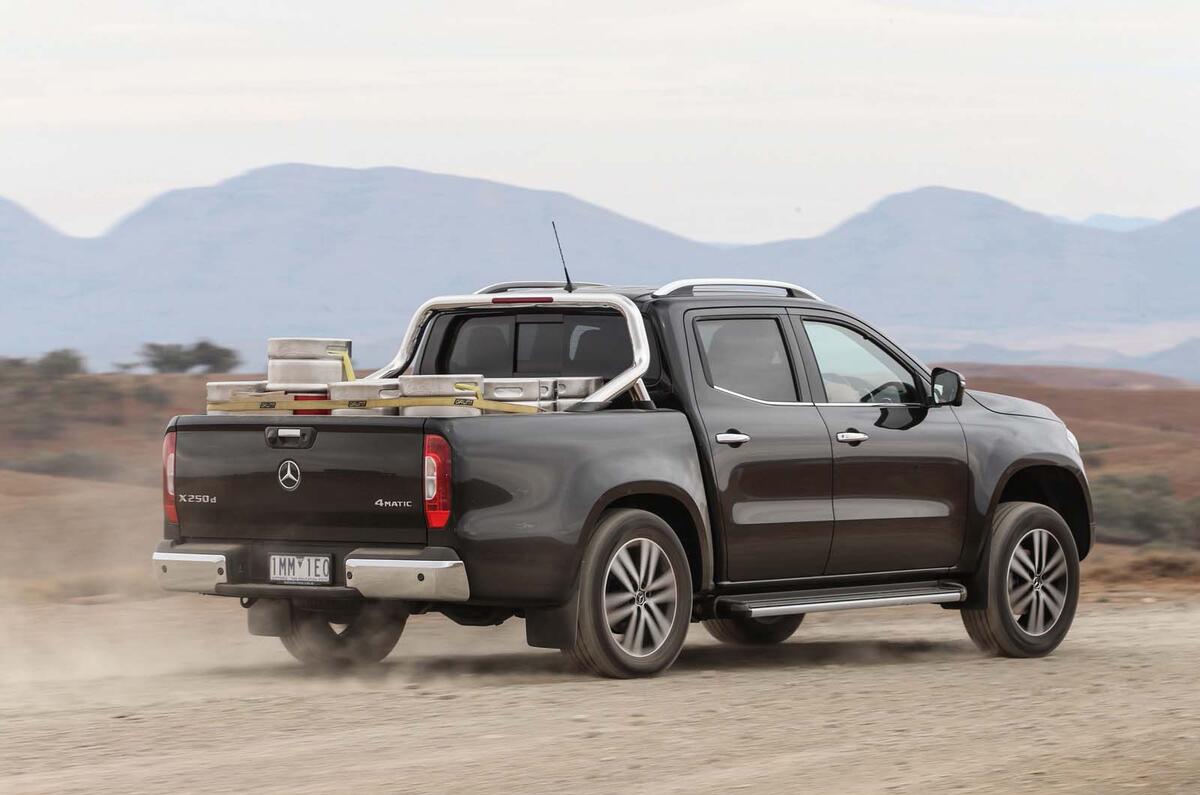
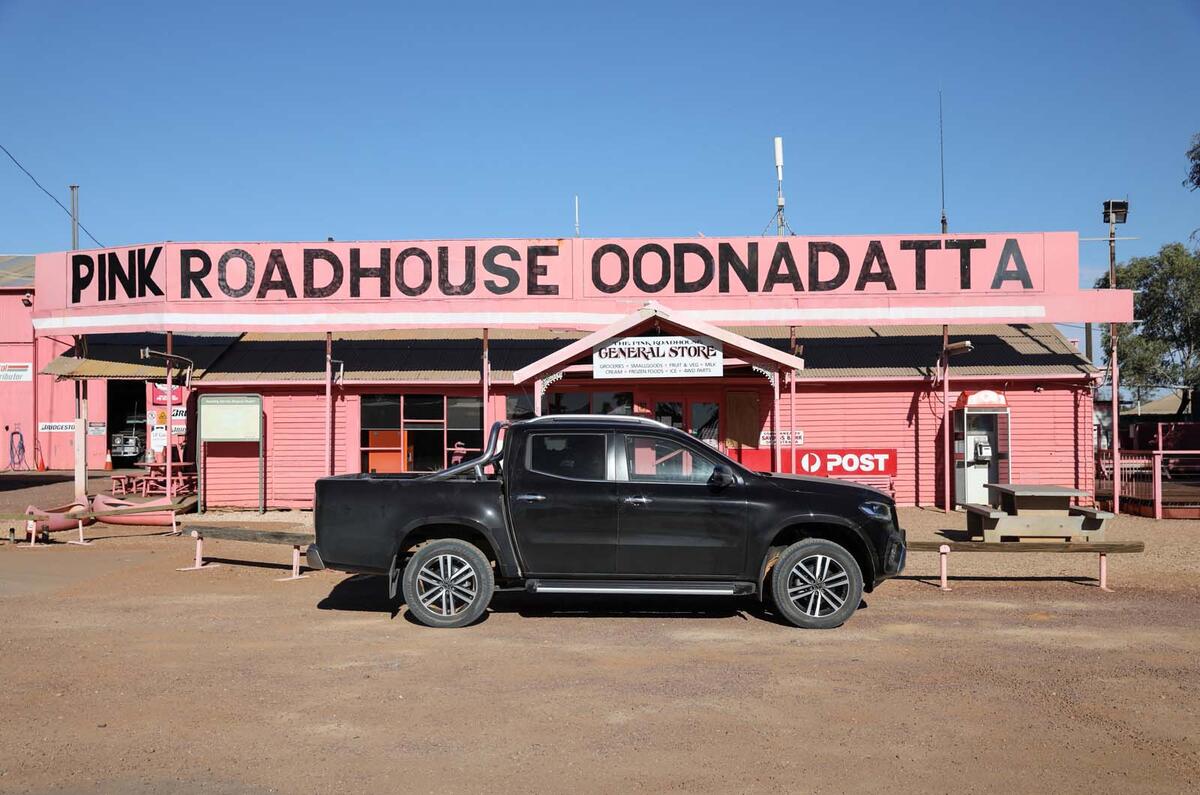

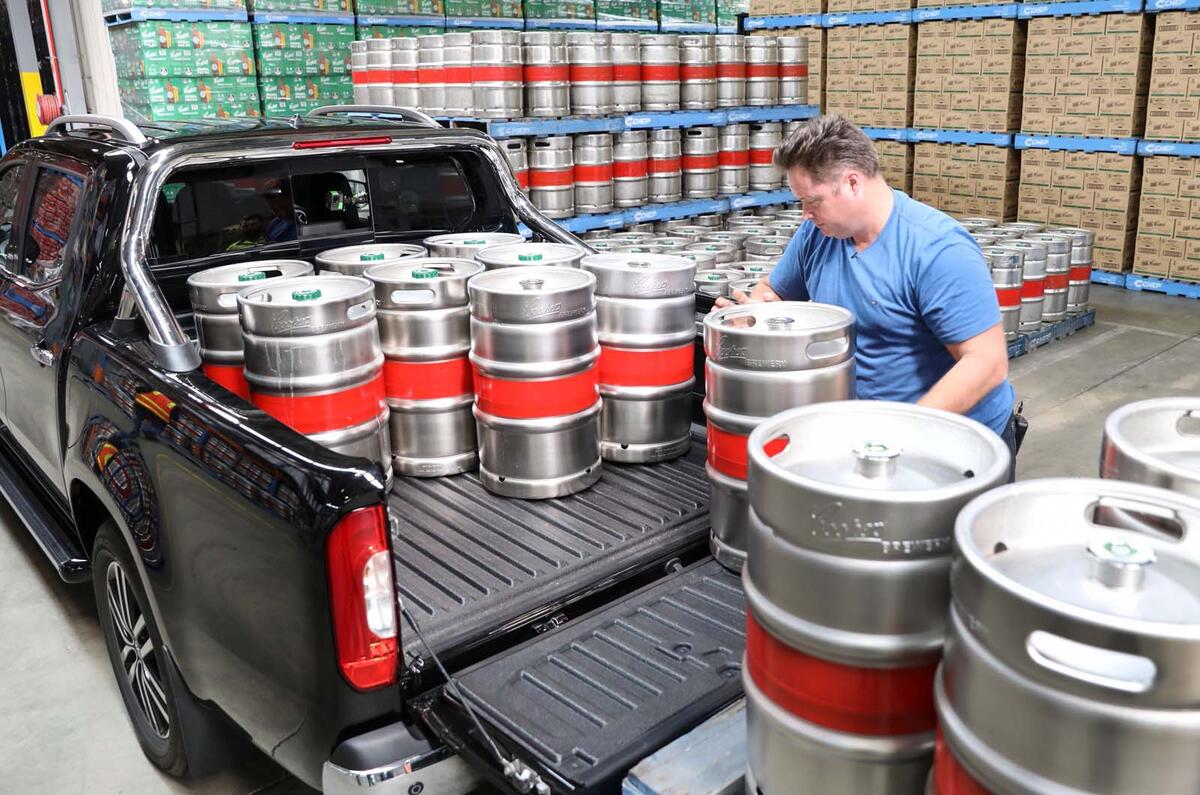
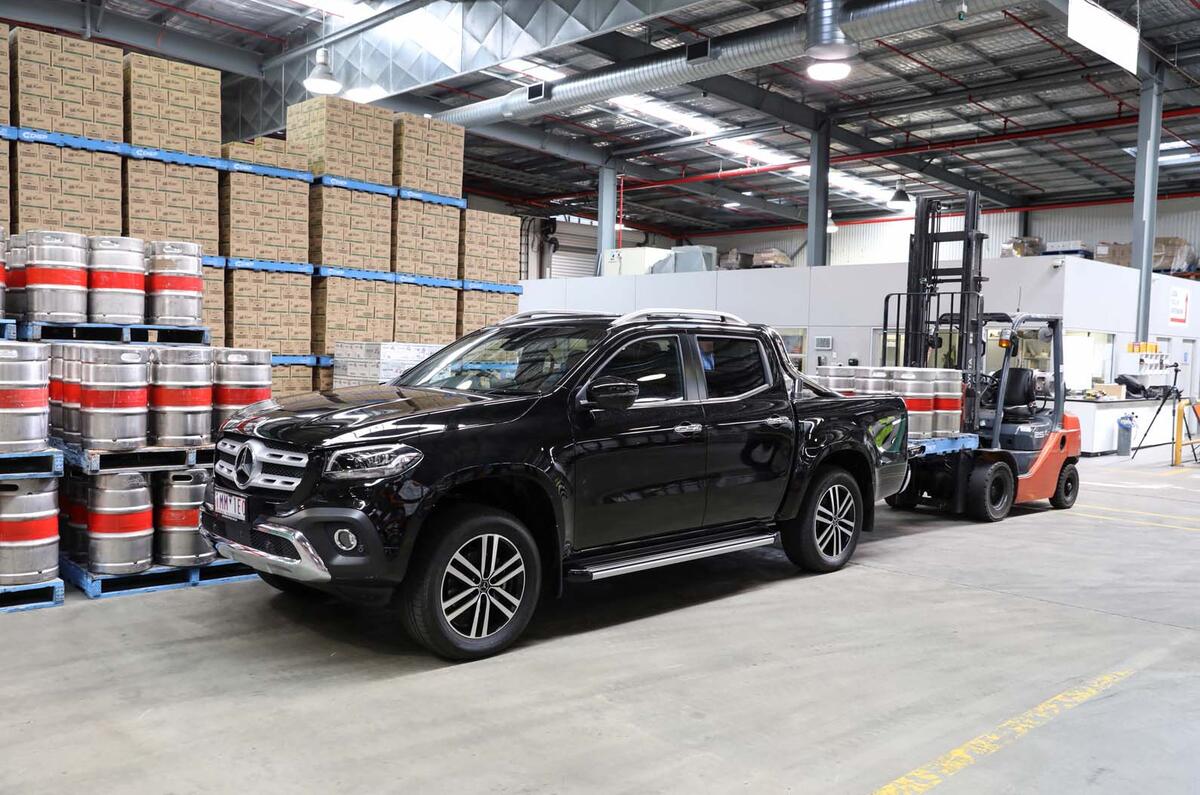
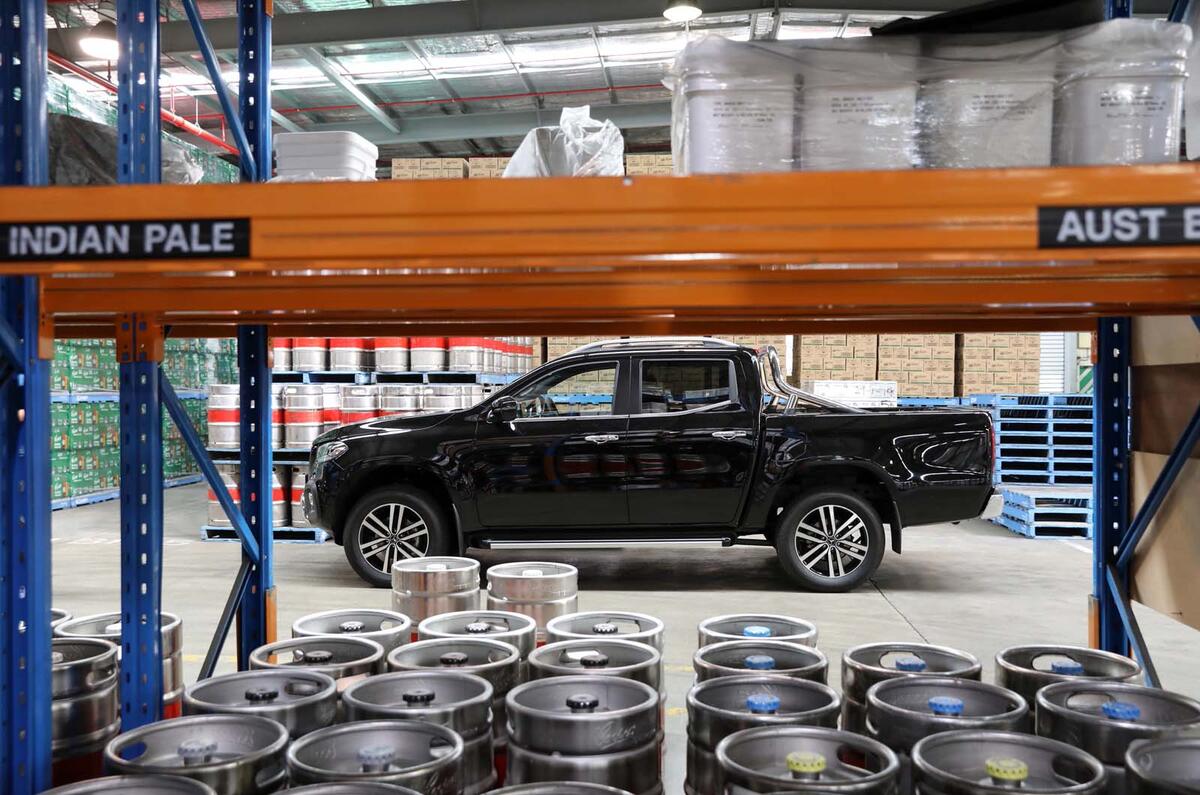
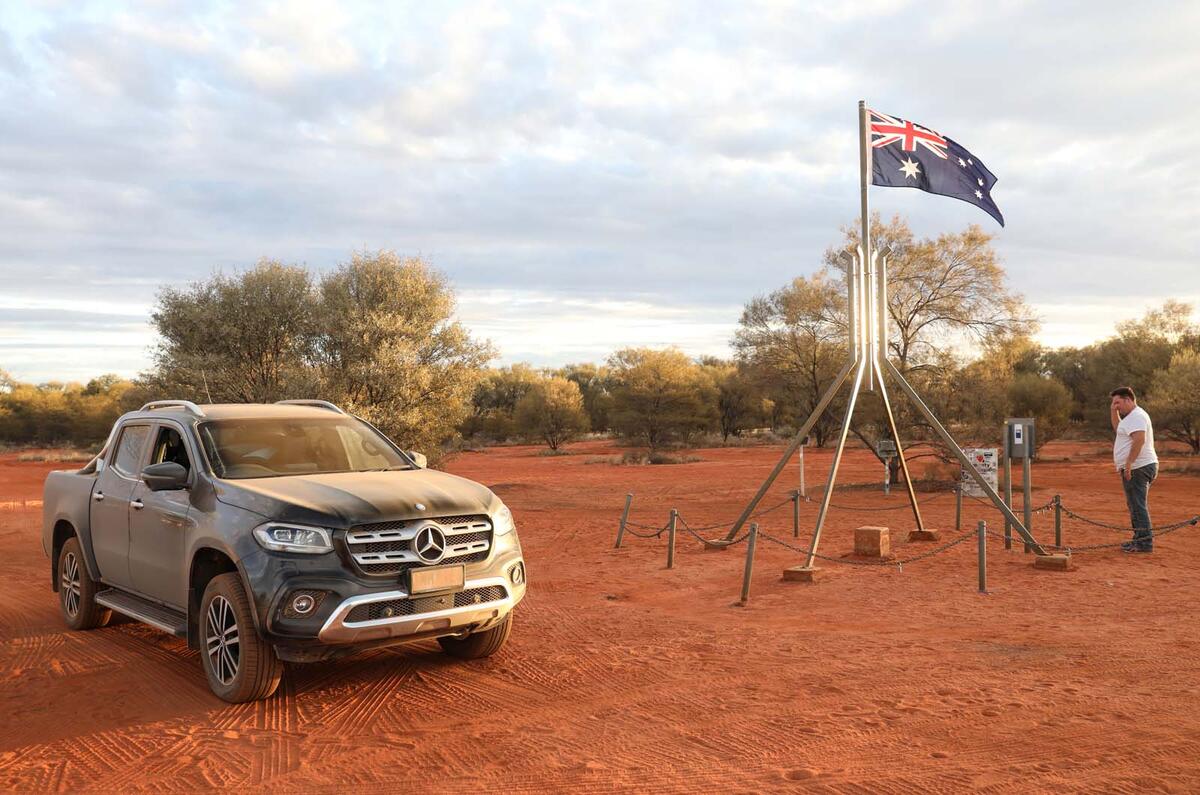
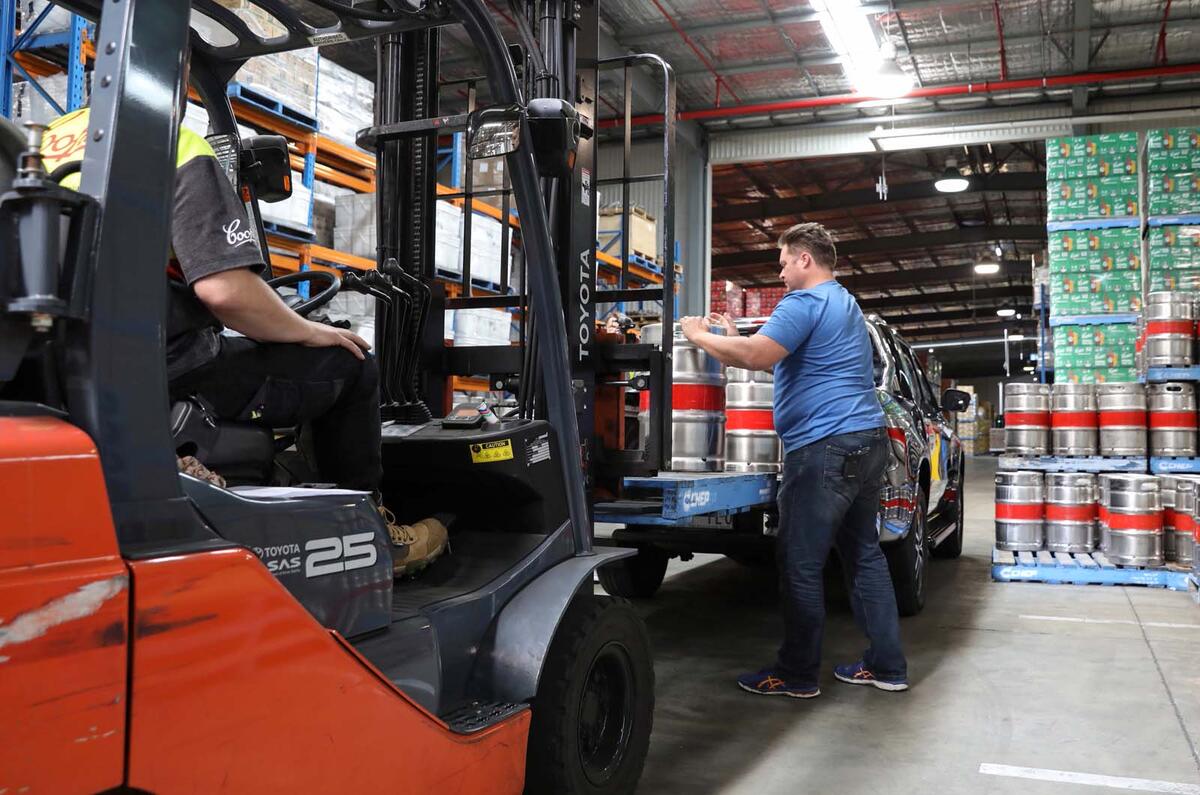
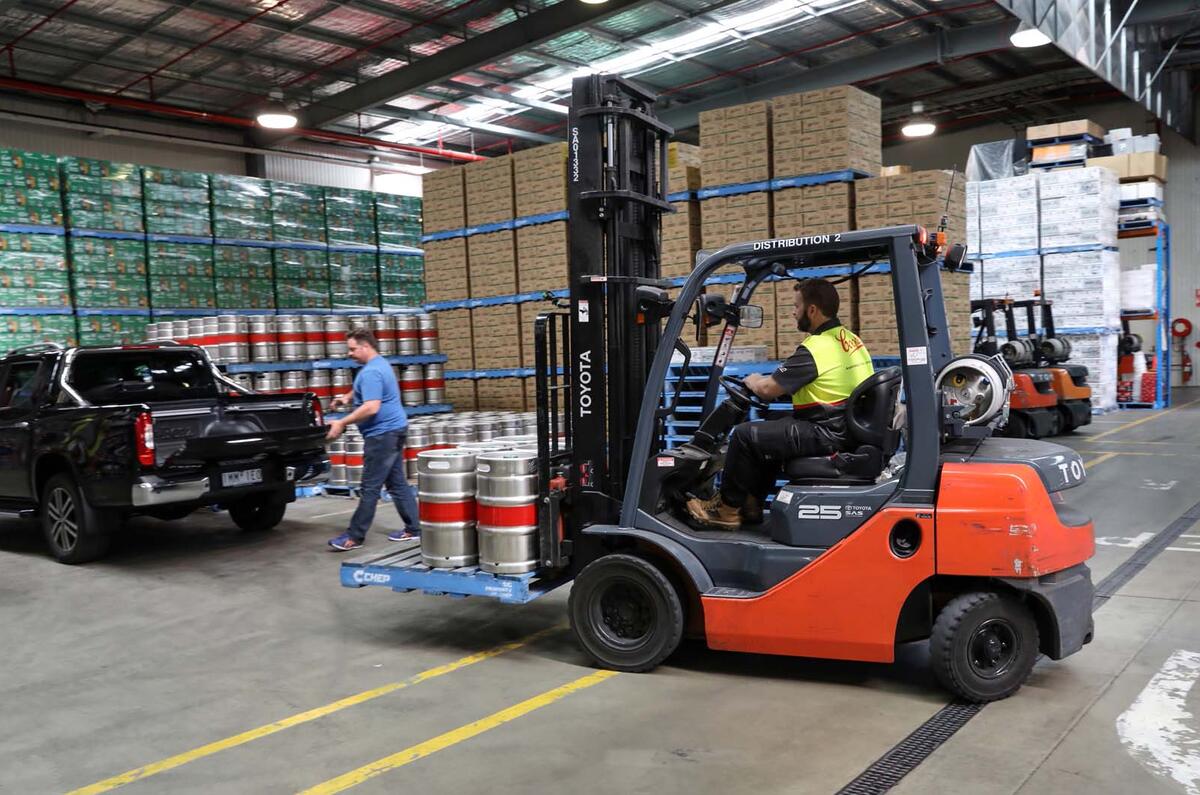
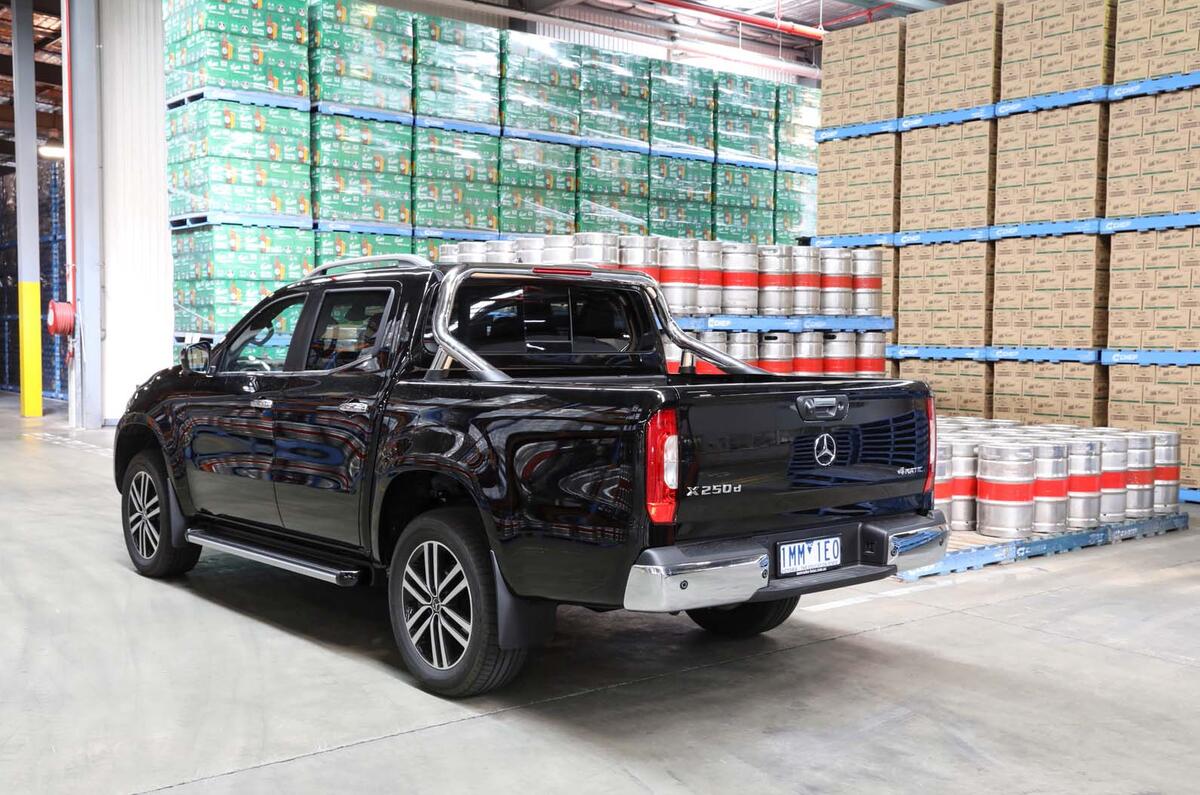
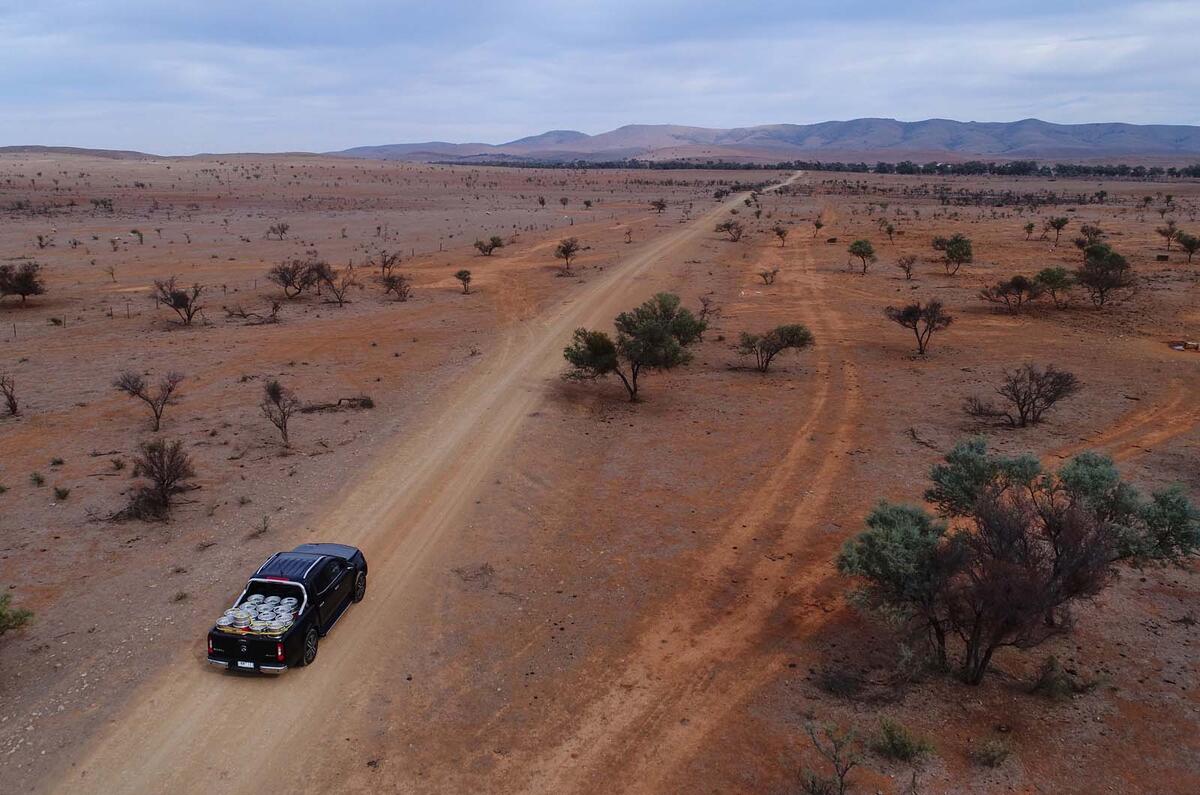
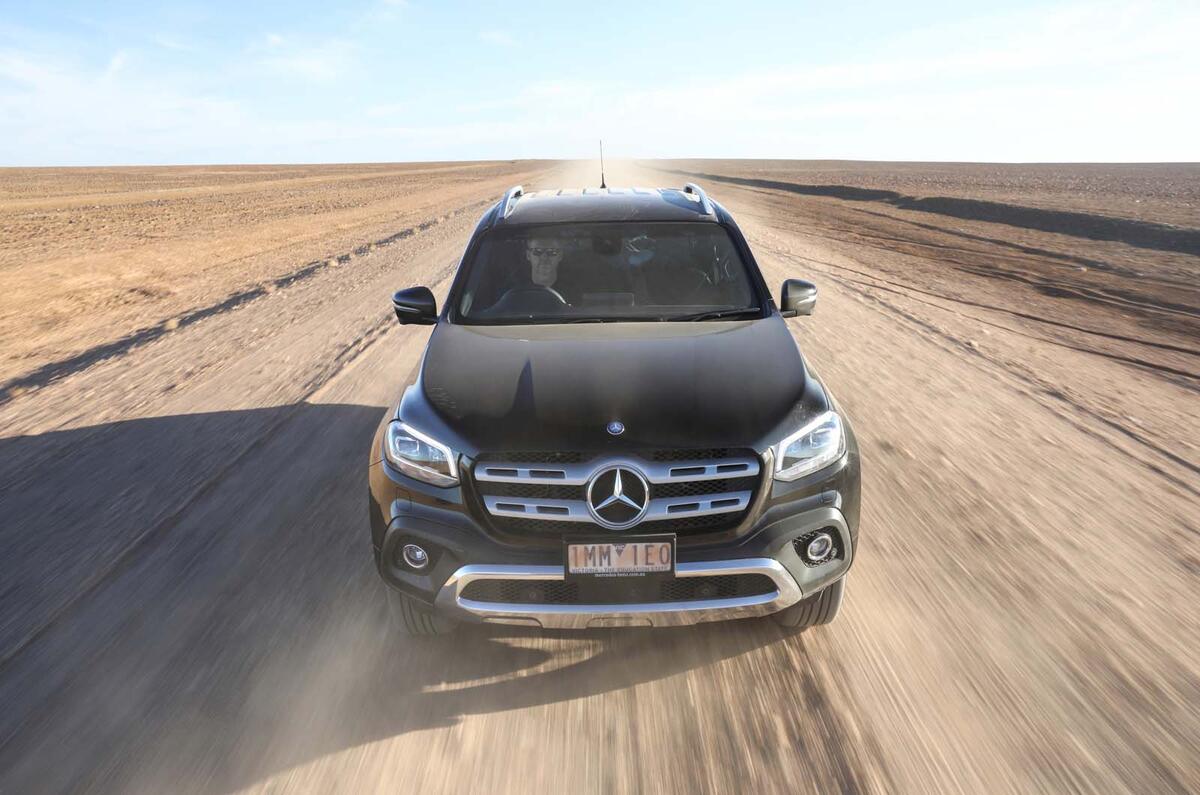
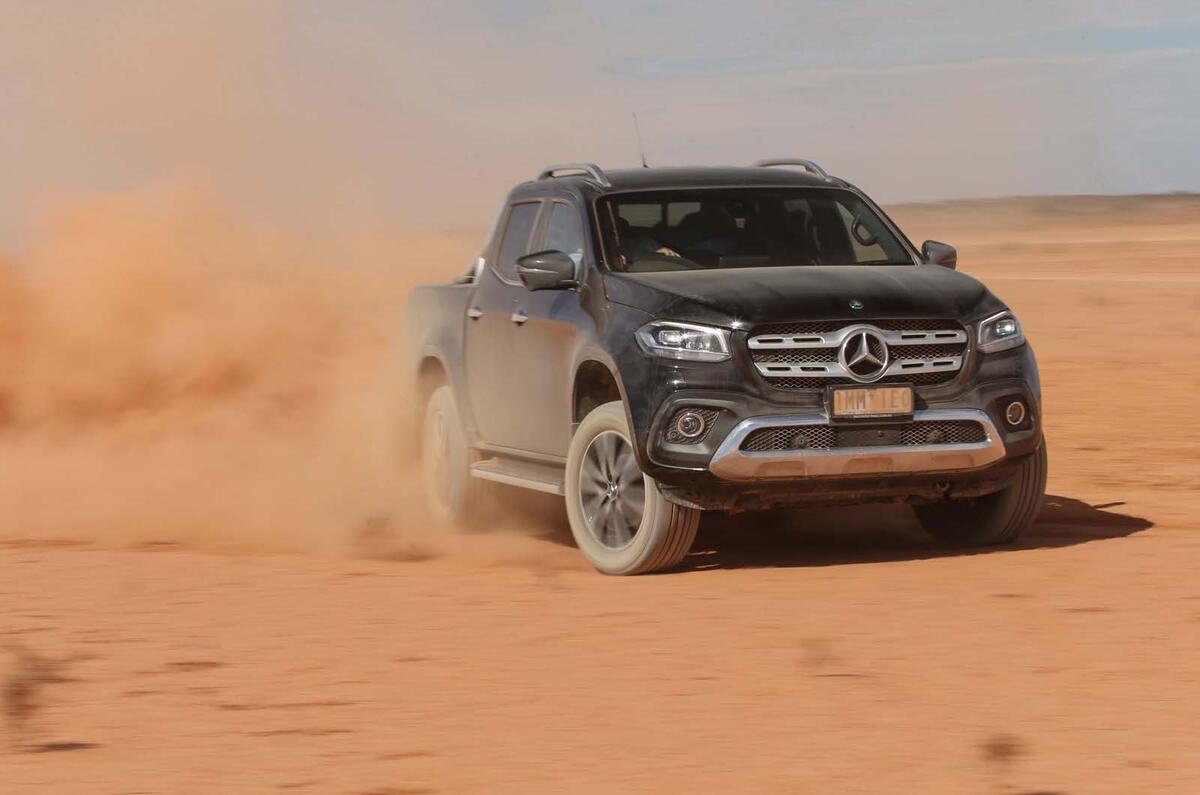
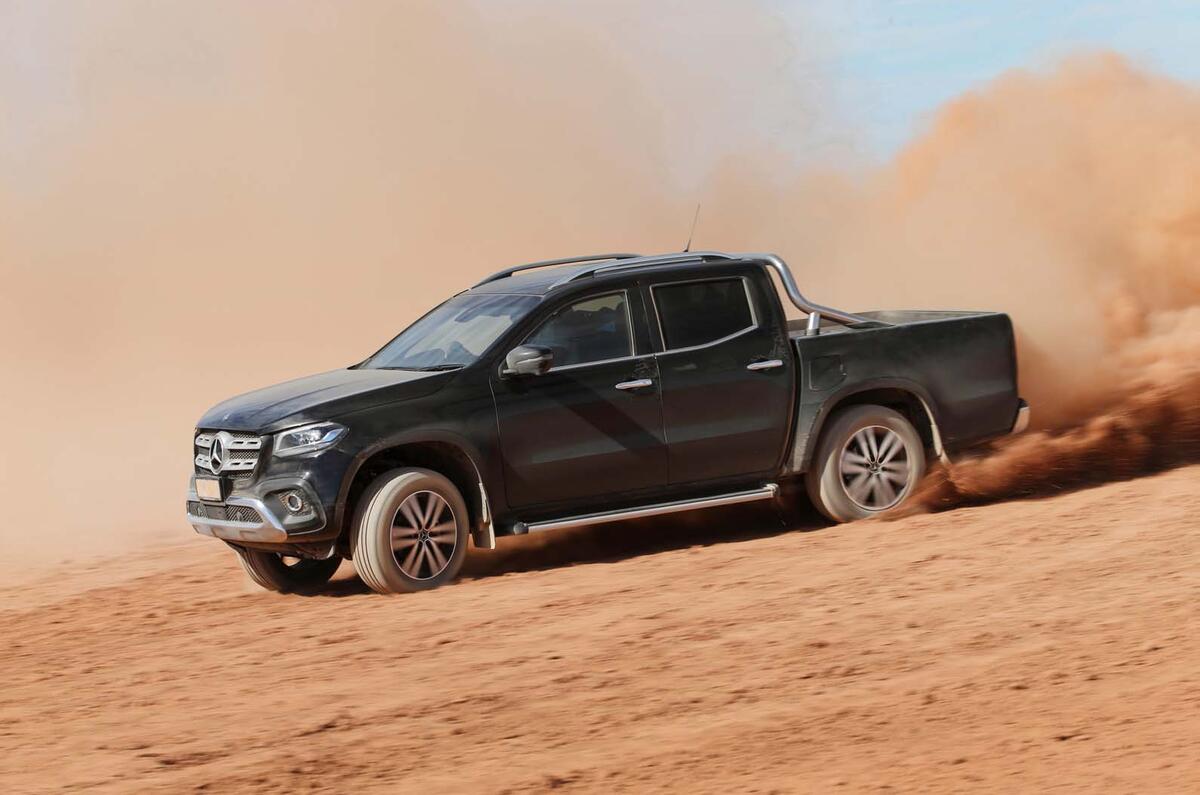
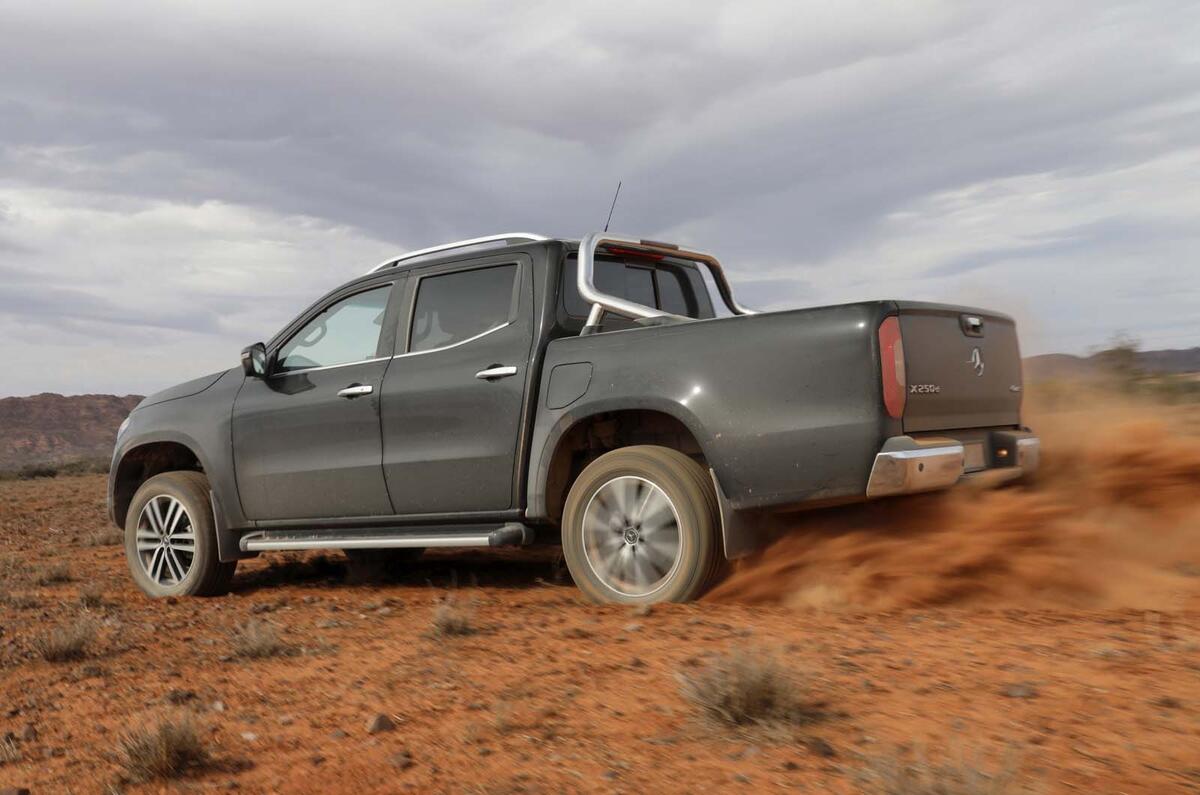
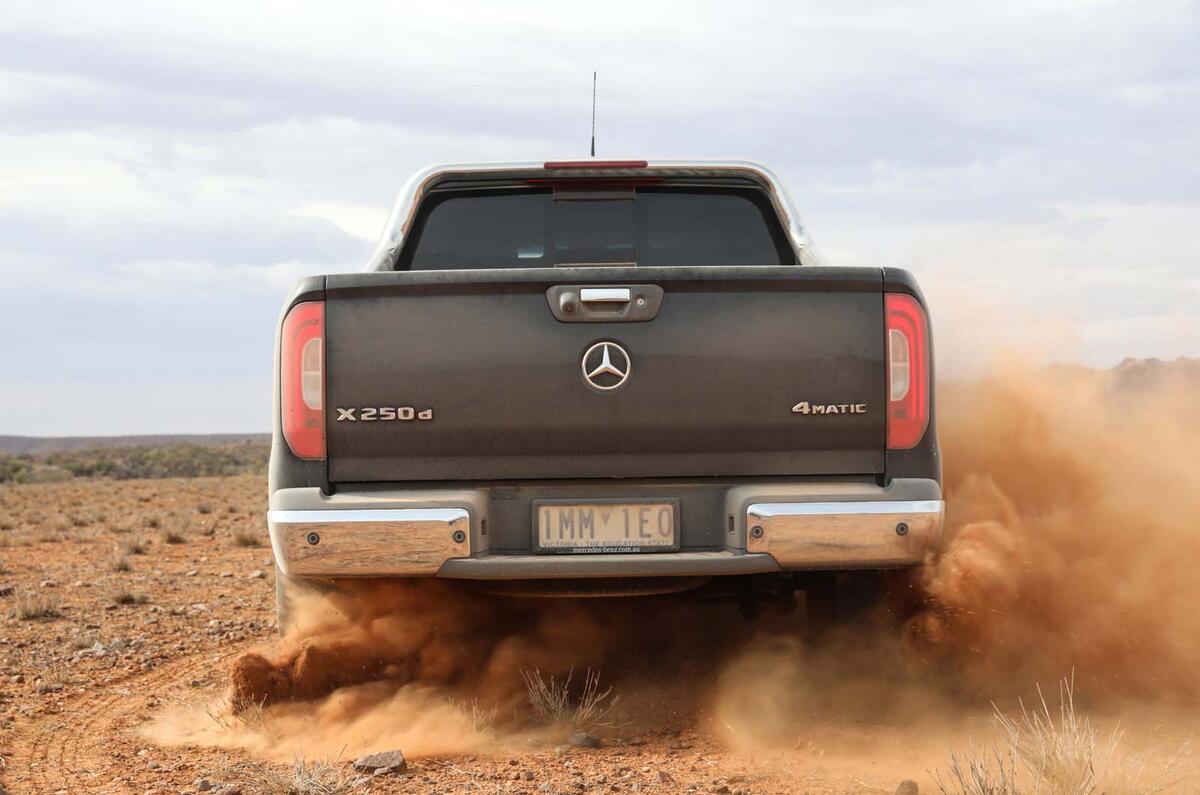
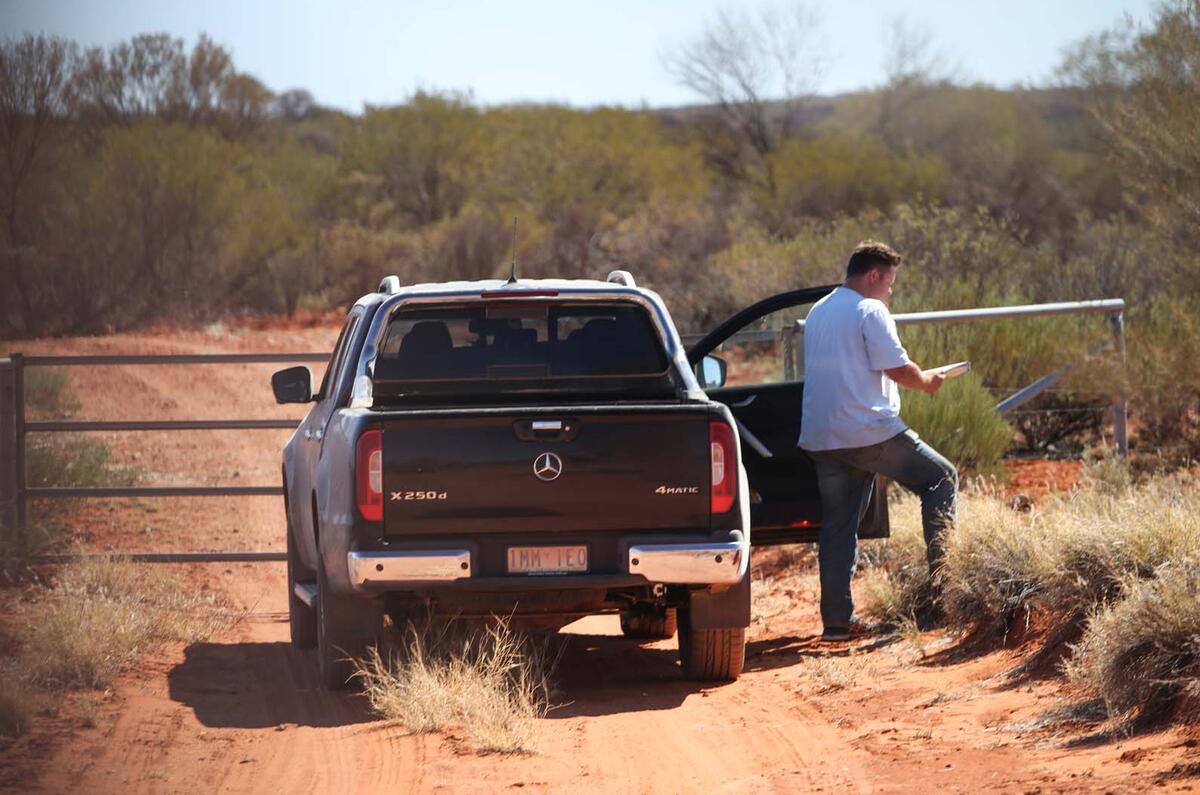
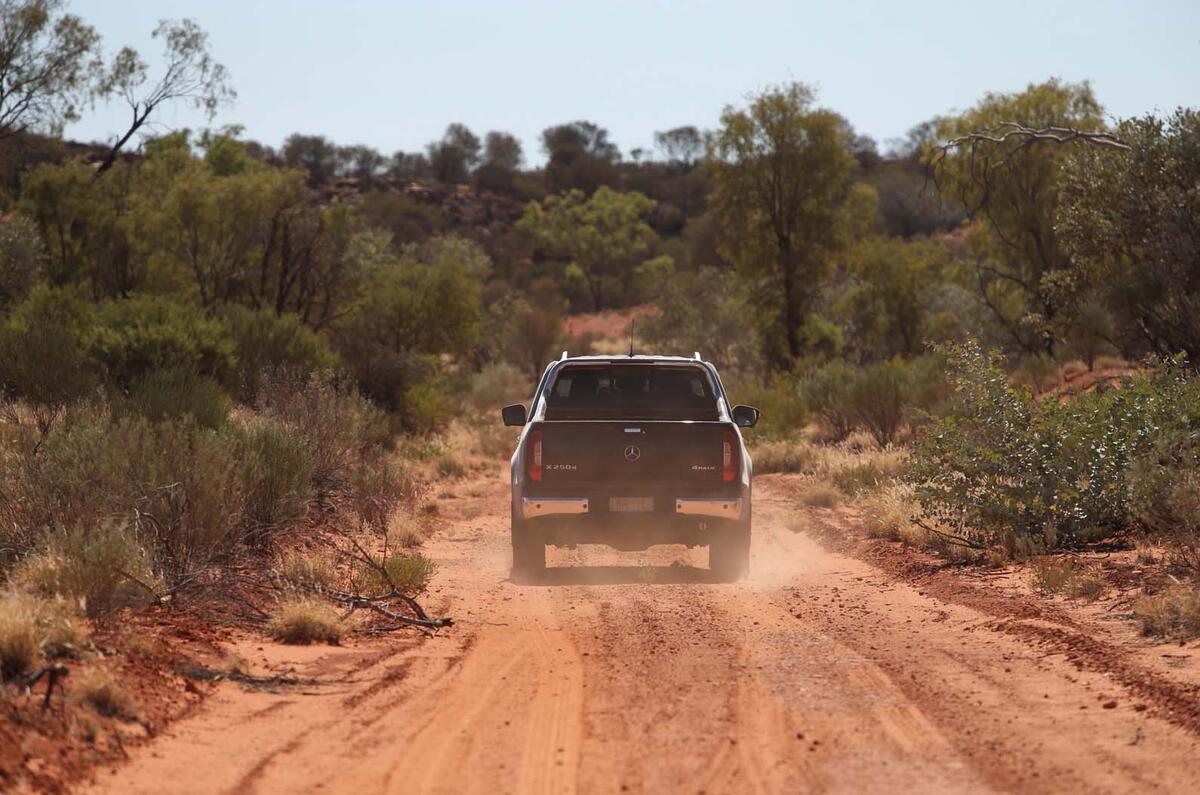
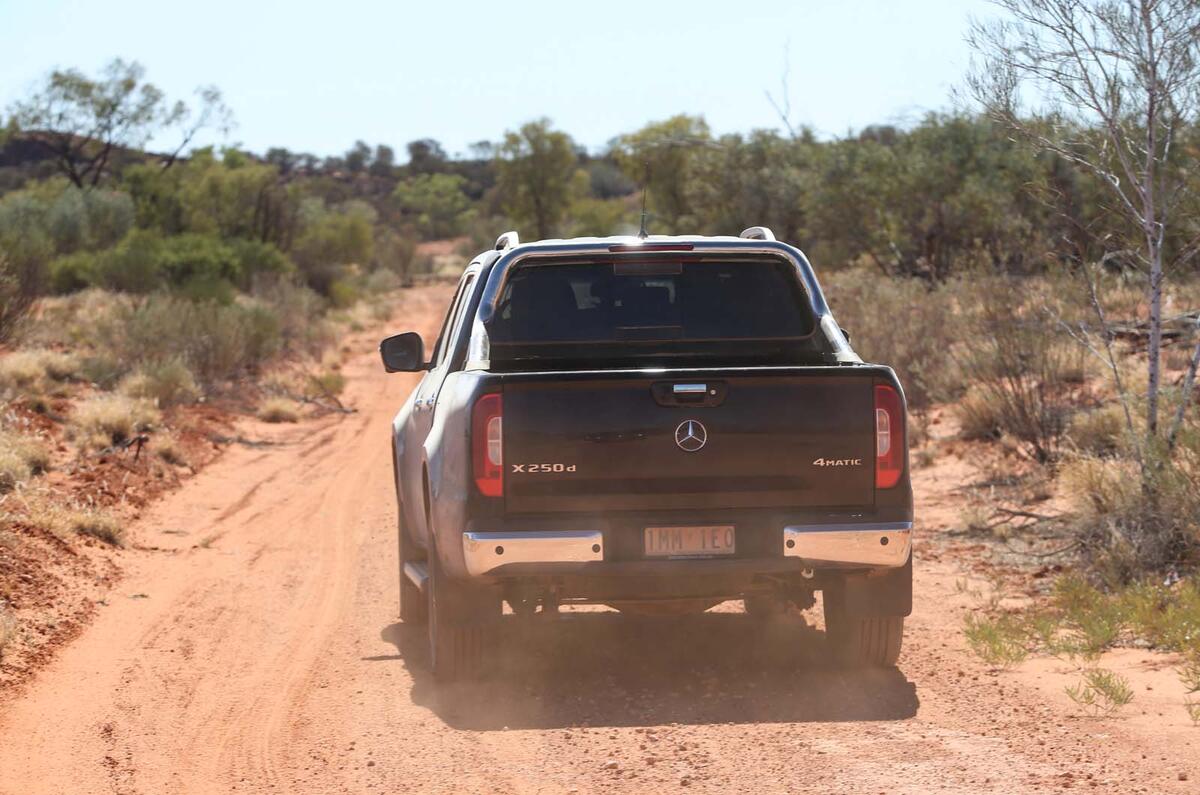
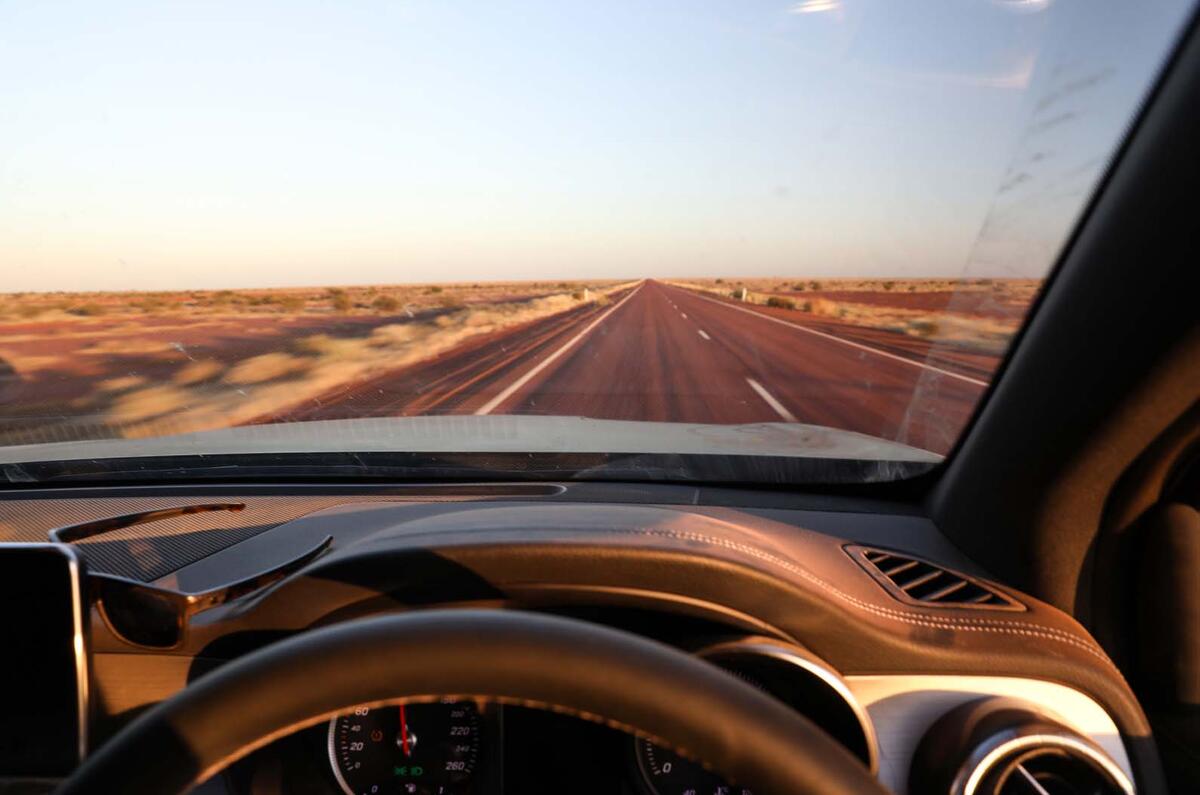

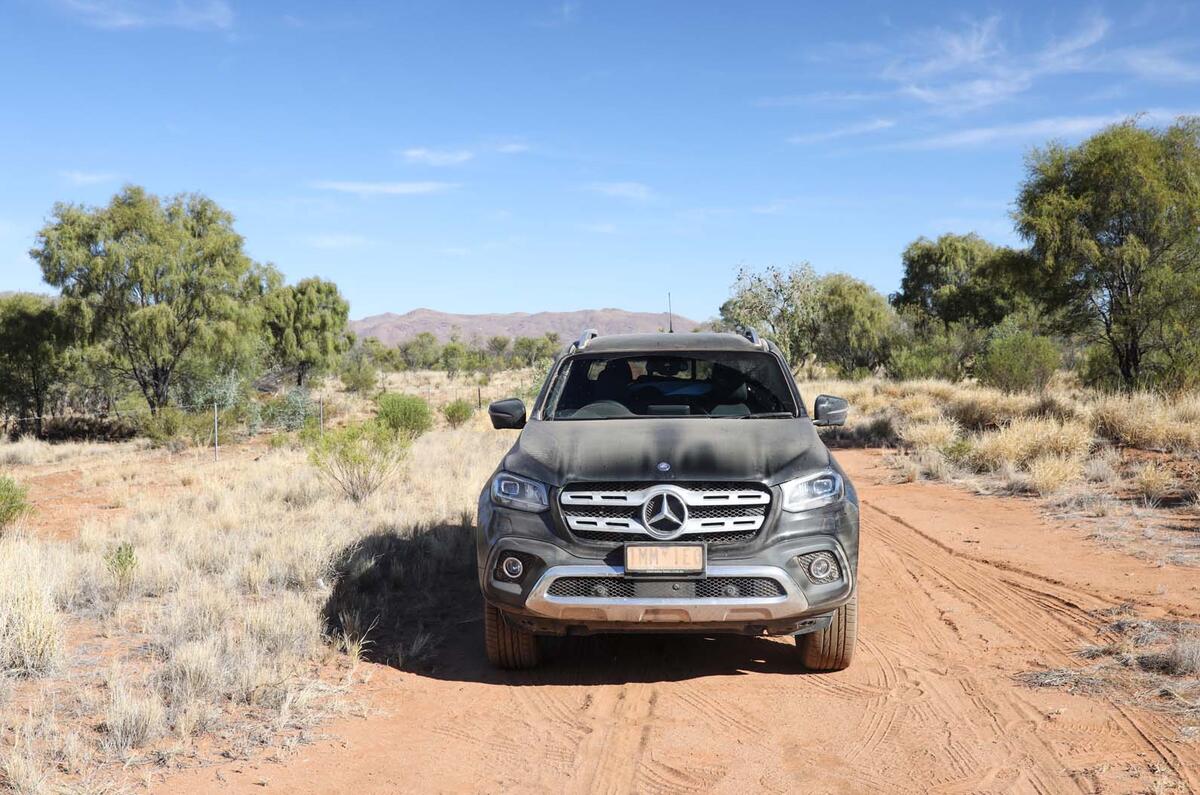
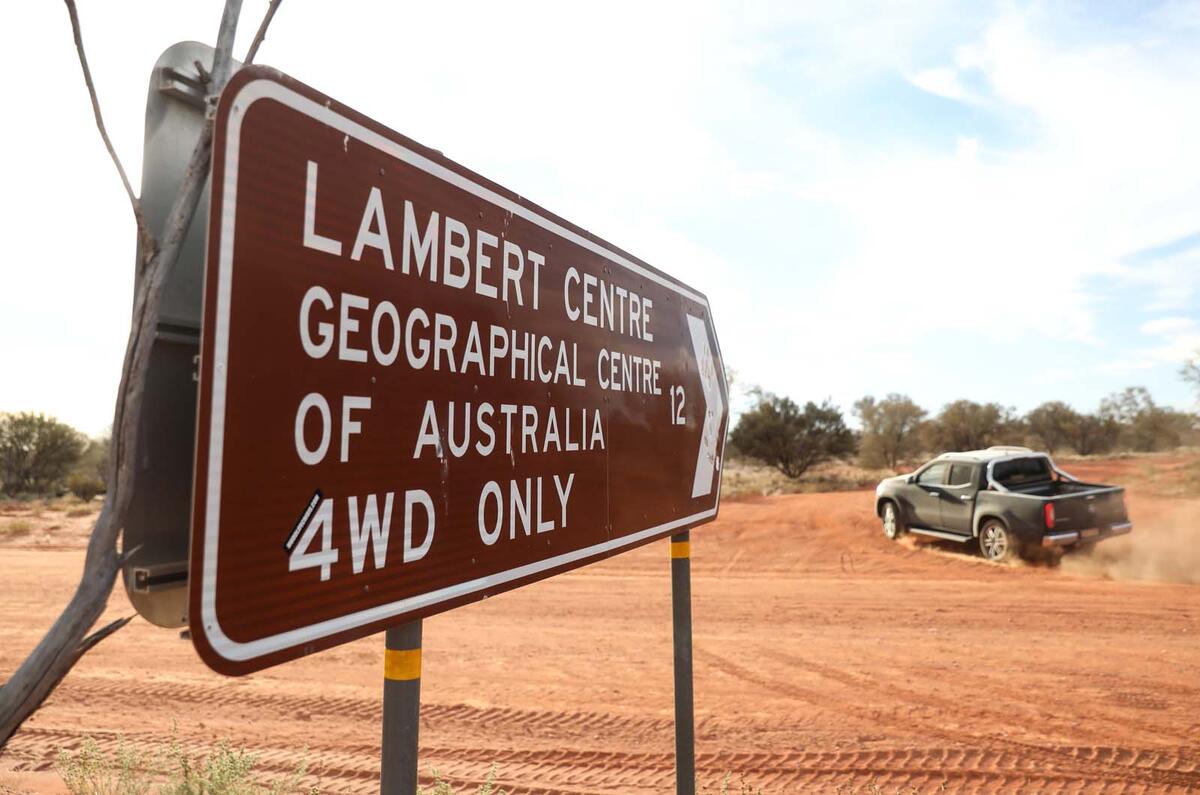
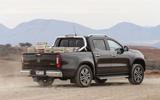
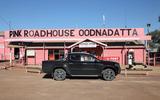
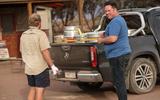
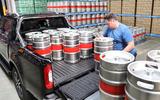
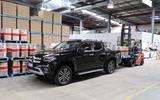
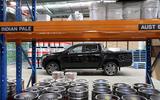
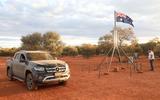

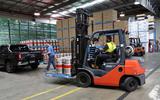
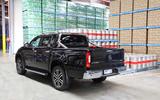
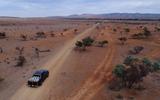
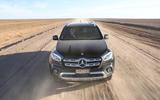
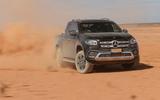
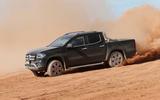
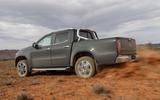
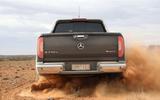
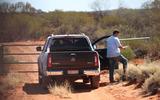
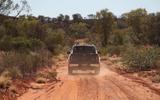
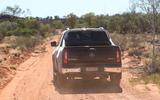

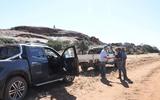
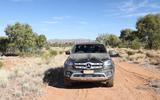
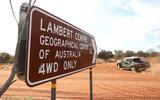


Join the debate
Add your comment
Pointless puff piece...
...particularly as Mercedes-Benz has already signed the death warrant for the X-Class because of disappointing (read: almost non-existent) sales of this chavved up and massively overpriced Nissan. The car-buying public can be dumb, but not that dumb, apparently.
Why a bloody datsun engine?
Why oh why did the Gerry's decide to use a datsun diesel?? It's just bollocks
lol!
lol!